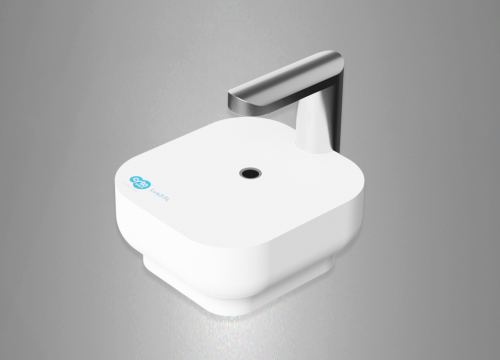Authors: Nishimura T, Oyama, Hu HT, Fujioka T, Hanawa-Suetsugu K, Ikeda K, Yamada S, Kawana H, Saigusa D, Ikeda H, Kurata R, Oono-Yakura K, Kitamata M, Kida K, Hikita T, Mizutani K, Yasuhara K, Mimori-Kiyosue Y, Oneyama C, Kurimoto K, Hosokawa Y, Aoki J, Takai Y, Arita M, Suetsugu S.
Developmental Cell, Volume 56, Issue 6, 2021
Extracellular vesicles (EVs) are classified as large EVs (l-EVs, or microvesicles) and small EVs (s-EVs, or exosomes). S-EVs are thought to be generated from endosomes through a process that mainly depends on the ESCRT protein complex, including ALG-2 interacting protein X (ALIX). However, the mechanisms of l-EV generation from the plasma membrane have not been identified. Membrane curvatures are generated by the bin-amphiphysin-rvs (BAR) family proteins, among which the inverse BAR (I-BAR) proteins are involved in filopodial protrusions. Here, we show that the I-BAR proteins, including missing in metastasis (MIM), generate l-EVs by scission of filopodia. Interestingly, MIM-containing l-EV production was promoted by in vivo equivalent external forces and by the suppression of ALIX, suggesting an alternative mechanism of vesicle formation to s-EVs. The MIM-dependent l-EVs contained lysophospholipids and proteins, including IRS4 and Rac1, which stimulated the migration of recipient cells through lamellipodia formation. Thus, these filopodia-dependent l-EVs, which we named as filopodia-derived vesicles (FDVs), modify cellular behavior.
